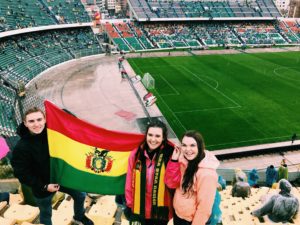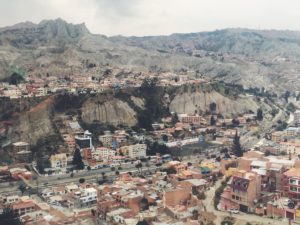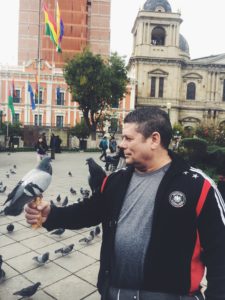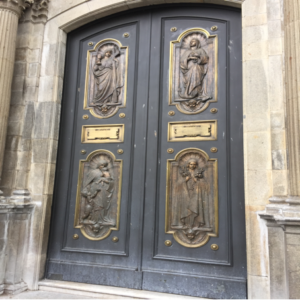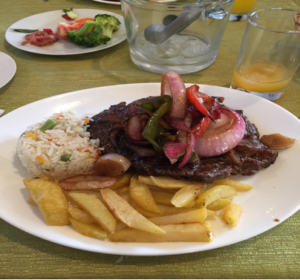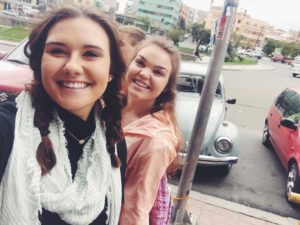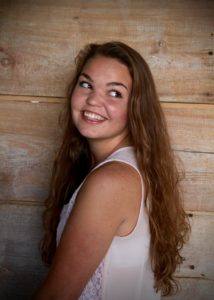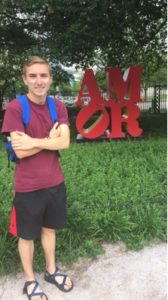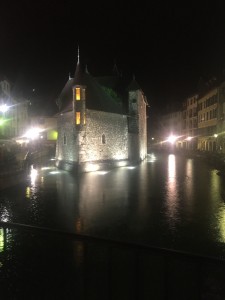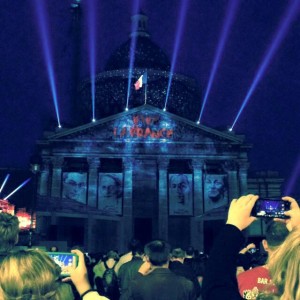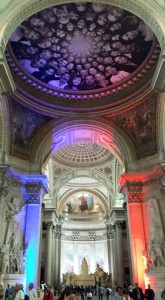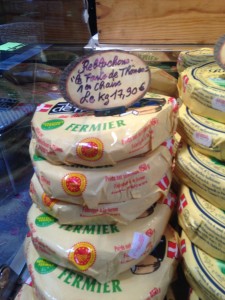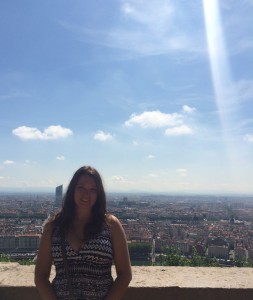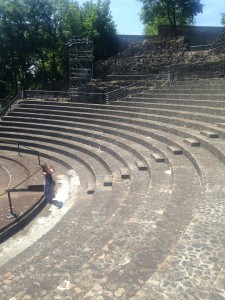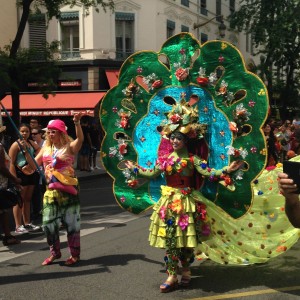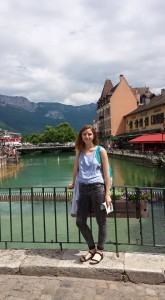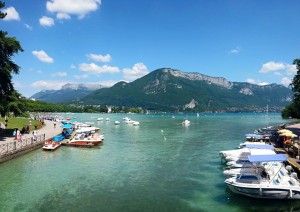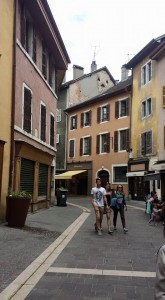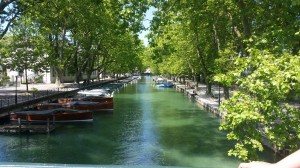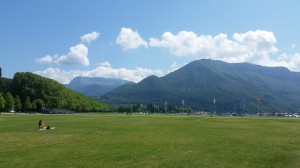March 28, 2017
Lauren Reynolds: Today was a beautiful day because I got to pick what we ate and that was salteñas! I love salteñas. If you’re reading this, you probably read my introduction, which mentioned that I had been to Bolivia before, so knowing how wonderful this Bolivian dish is I could not bear to not have it on this trip. They did not disappoint. After lunch we went back to the hotel and waited in the lobby because the Bolivian national fútbol team was staying in our hotel! They were playing against Argentina. Latin America has the coolest fútbol atmosphere. Fans crowd around the doors of the hotel to get pictures of the team getting on the bus, and those that can get into the hotel race to get pictures with their favorite players before they have to leave for the game. We then embarked on the longest walk ever to the stadium in the rain. The altitude is around 12,000 ft above sea level in La Paz (the altitude in Denver, CO is under 6,000 ft), which makes it very difficult to breathe when trying to walk anywhere. Once we got near the stadium there were people lining the streets selling Bolivian and Argentinian gear. Of course, I had to get a scarf! Something I thought was interesting was that since it was raining, there were people outside the stadium selling pieces of styrofoam for you to sit on to. The game was amazing! What a totally different atmosphere than any professional sporting event I have been to in the States.
Connor Yarnall: Thousands of people were surrounding the stadium. It was a Bolivian tailgate with people cooking, banging on drums, and selling merchandise. I was able to talk to a native woman and buy myself a Bolivian flag. I was feeling the excitement to root on the home crowd. As we approached the stadium, the Argentinian team bus pulled up, receiving loud applause from the Argentinians. But I told myself I was on Bolivia’s side today; as a guest in this country I have been treated great.
The game was electric. Bolivia was able to take the win 2-0, which made being in the crowd even better. I felt like a Bolivian, joining in on the crowd chants, applauding the goals, and sitting in the packed stadium. It was truly an experience I’ll never forget.

